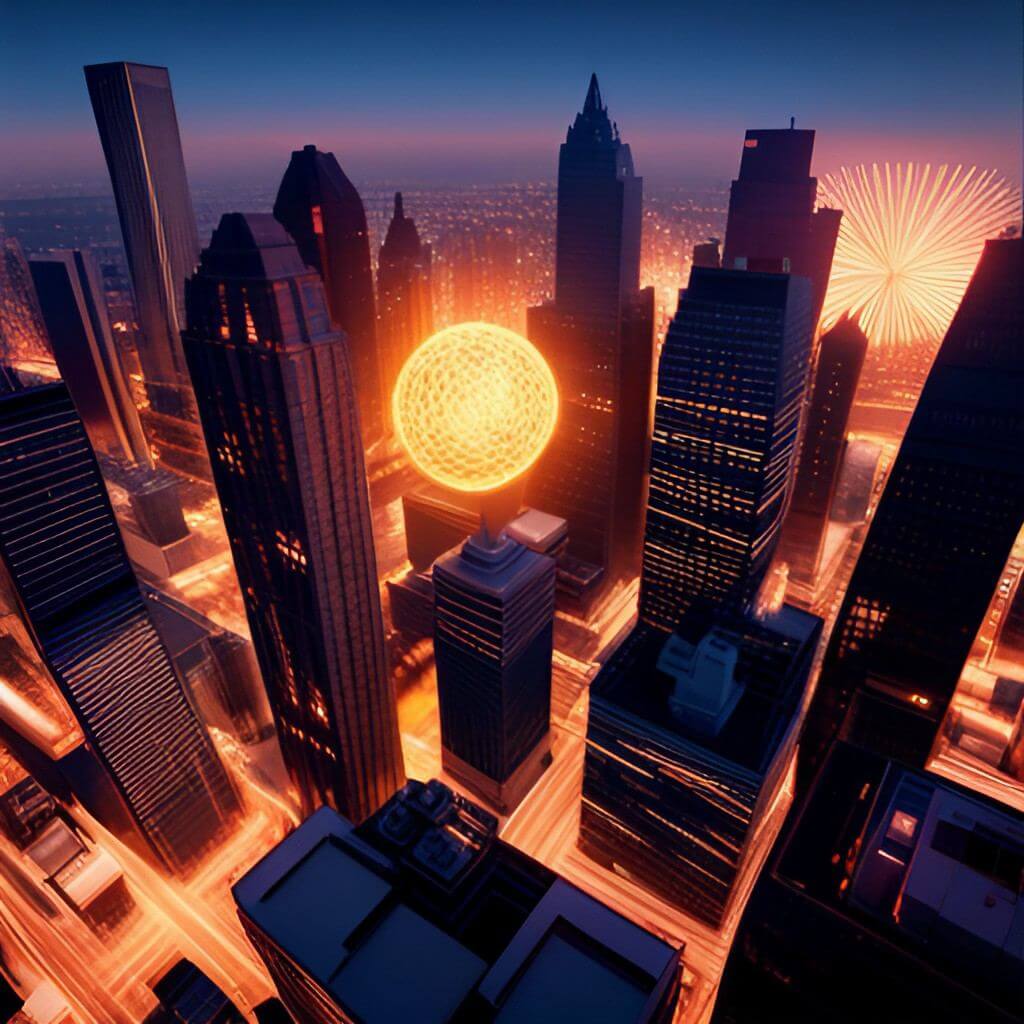At this year’s SIGGRAPH event, the center of attention was undoubtedly the discussion and presentation of Neural Radiance Fields (NeRFs), marking a significant shift in visual computing. From scholarly papers to educational courses and technology demonstrations, NeRFs took the spotlight, emphasizing their transformative potential. The concept gained prominence due to the recognition it received last year through Luma.ai. The technology, which initially appeared as an evolution of photogrammetry, extends its scope far beyond, with implications reaching the VFX industry.
The phenomenon surrounding NeRFs escalated significantly this year, attributed to their innovative approach to the representation of 3D objects. The technology first gained notice owing to Luma.ai’s accessible application that enabled iPhone users to create NeRFs. However, the true impact of NeRFs exceeds their initial recognition as enhanced photogrammetry tools. Instead, they hold the potential to redefine the landscape of the visual effects field, altering how professionals approach the realms of modeling and animation.
Unpacking NeRFs at SIGGRAPH 2023
For participants of SIGGRAPH 2023, NeRFs stood out as the central focus—an in-depth exploration provided attendees with insights into the intricate workings of NeRF technology. Key sessions, such as the “Neural Fields for Visual Computing” course, granted attendees a comprehensive comprehension of NeRF techniques and their mathematical foundations. The course, spearheaded by James Tompkin of Brown University, featured notable speakers, including Alex Yu from Luma AI and Towaki Takikawa from the University of Toronto / NVIDIA.
NeRFs, also known as Neural Radiance Fields, present a departure from conventional methods of 3D representation. They encompass scenes within neural networks, offering a volumetric approach contrasting with traditional polygonal models. NeRFs encapsulate the radiance values of scenes, governing the interaction of light within the environment. Additionally, they incorporate density fields, outlining the probability of occupied or vacant spaces. The synthesis of density and radiance fields empowers NeRFs to authentically replicate object appearances within three-dimensional space.
NeRFs vs. Photogrammetry: a paradigm shift in representation
NeRFs diverge substantially from photogrammetry, yielding dynamic and perspective-dependent outputs. Photogrammetry relies on triangulating fixed points from multiple images, resulting in static portrayals. In contrast, NeRFs produce dynamic renderings as viewers navigate scenes, adapting to fluctuations in lighting and viewpoints. This attribute enhances realism and immersion, differentiating NeRFs from conventional methodologies.
Although NeRFs demand substantial computational resources, their compactness and efficiency set them apart. NeRFs boast exceptional compression capabilities, unlike traditional models, attributed to their reliance on implicit surfaces and mathematical models. This distinctive approach enables NeRFs to succinctly and flexibly depict scenes. Drawing parallels to the efficiency of the original Gameboy, NeRFs achieve remarkable compression feats.
Versatile applications and NeRFs’ impact across industries
NeRFs present a versatile toolkit capable of addressing multifaceted challenges across diverse industries. Their capacity to deliver precise geometric models, realistic appearances, and fluid motion positions them as a promising solution for capturing authentic representations of the real world. Beyond the scope of visual effects, NeRFs harbor potential applications within gaming, architectural visualization, and other domains.
Luma AI introduced version 0.3 of its Unreal Engine 5 plugin, unveiling revolutionary real-time neural volume rendering. This breakthrough empowers NeRFs to generate real-time renderings rapidly and efficiently. Designed for interior visualization, Luma AI’s innovation eliminates the necessity for drones, LIDAR, or intricate cameras.
NVIDIA captured the limelight with a live demonstration of NeRFs in holographic video conferencing. This real-time implementation captivated attendees, showcasing the remarkable potential of NeRF technology in creating dynamic, immersive holograms.
The NeRF framework: technical insights
The foundation of NeRFs rests upon sampling coordinates for neural network inputs, predicting reconstructed signals, and rendering or deducing them for real-world measurements. This process leverages differentiable functions, facilitating the reconstruction of vivid, rich representations from limited sensor inputs.
NeRFs have introduced novel challenges, including accurate mesh reconstruction and relighting complexities. Researchers diligently address these hurdles, devising solutions like Neuralangelo from NVIDIA and the “Relight my NeRF” dataset. Innovations like NeRFMeshing endeavor to extract meticulous 3D meshes from NeRF networks, expanding their applicability.
As NeRFs gain momentum, their transformative influence on visual computing becomes increasingly apparent. The rapid proliferation of NeRF-related research and applications underscores their significance. Whether revolutionizing rendering techniques, enabling dynamic holograms, or redefining 3D representation, NeRFs persistently shape the trajectory of visual computing.
NeRFs have emerged as a groundbreaking technology with far-reaching implications across diverse sectors. Their dynamic outputs, compactness, and ability to surmount complex real-world challenges underscore their potential and versatility. As NeRF research advances, its impact on visual computing is poised to permeate various domains, forever reshaping our perception and interaction with three-dimensional spaces.





